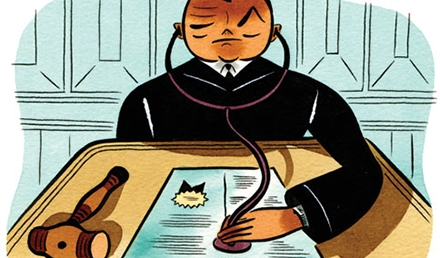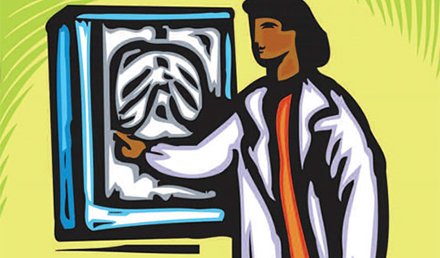Q. We currently provide DME to our patients as a courtesy to them and then bill their insurance. We generally get paid by most private insurances, but not by Medicare. Our billing department claims Medicare will never pay for any DME we provide because we are not a DME provider licensed with Medicare. If our billing department is correct, would it be compliant to give DME prescriptions to all patients 65 and over? A. I …
Read MoreAbstracts in Urgent Care: May, 2014
Signs of aging and risk of heart disease Key point: Some outward signs of aging may correlate with increased risk of heart disease including MI. Citation: Christoffersen M, Frikke-Schmidt R, Schnohr P, et al. Visible age-related signs and risk of ischemic heart disease in the general population: A prospective cohort study. Circulation. 2014;4l128(9):990-998. Investigators in Denmark in this 35-year prospective trial attempted to see if outward signs of aging (frontoparietal baldness, crown top baldness, earlobe crease, …
Read More
Acute Pericarditis
Urgent message: This case underscores the importance of not “anchoring” to a previous provider’s diagnosis and always remembering that medical conditions are dynamic. JOHN J. KOEHLER, MD, and DANIEL MURAUSKI, DO Introduction Acute pericarditis is defined as inflammation of the pericardium that surrounds the heart and the base of the great vessels. The classical presentation consists of chest pain, a pericardial friction rub, and serial changes on electrocardiogram (EKG). Although data on the incidence of …
Read MoreClinical Challenge – May 2014
THE CASE This patient presented with an ankle injury. View the image taken (Figure 1) and consider what your diagnosis would be.
Read MoreScribes in the Urgent Care
DAVID WEIN, MD, MBA, FACEP, and DENNIS DIXON, MD For years I was subjected to corporal punishment at the hands of nuns who used to beat me when they could not read my handwriting – at least that is how I remember it. For reasons unknown, my handwriting was never legible. Even back in the day, using the T-System’s “slash and check” charting, my medical records looked like I had either DTs or Benign Essential …
Read More
HIPAA for Urgent Care Centers: A Primer
Urgent message: This article discusses potential penalties for violations of HIPAA and key steps urgent care centers should take in order to avoid such penalties. BART WALKER and MEGGAN BUSHEE Complying with the Health Insurance Portability and Accountability Act (HIPAA) can be a daunting challenge for smaller providers. As the urgent care industry grows, its providers will become much more visible targets for scrutiny by the federal government with respect to HIPAA compliance. In addition, …
Read More
Evaluation of Headaches in Urgent Care Part 1: Emergent Headaches
Urgent message: Identifying potentially life-threatening or emergent causes of headaches can be challenging in urgent care. Emergent headaches are the focus of the first of a two-part series, aimed at aiding practitioners in appropriate evaluation and management. JACQUALINE DANCY, PA-C, MPAS Introduction The presentation of headaches in the urgent care setting often elicits some healthy angst. Differentiating between potentially life-threatening headaches and more benign varieties can be challenging, especially when the signs and symptoms are …
Read MoreRisk Mitigation in Urgent Care: Part 2
Lee A. Resnick, MD, FAAFP My previous column presented the building blocks of a risk mitigation framework for your practice. This column specifies high-risk areas of urgent care practice that create exposure for both owner and clinicians and suggests ways to mitigate that risk. Charting / Documentation: Your best defense when there is a bad outcome is documentation. The chart should clearly communicate your decision-making. The “standard of care” is not a guarantee against harm. …
Read More
